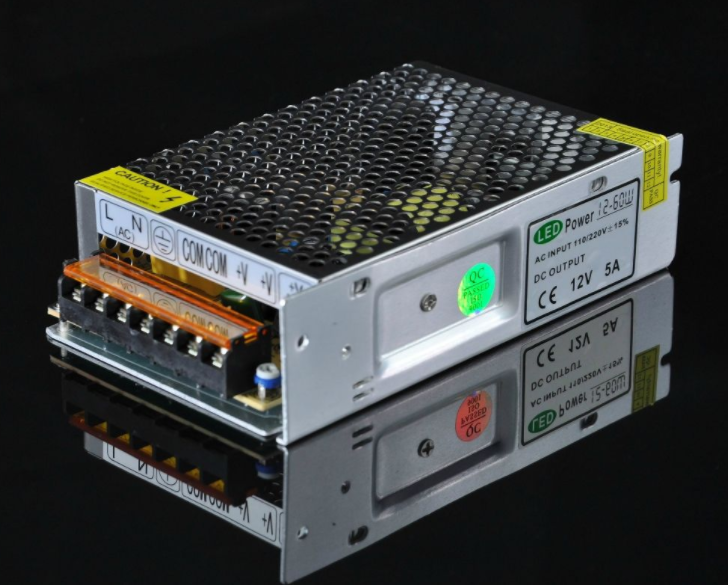Knowledge about switching power supplies
I just started the power electronics learning phase, diving into topologies like Buck, Boost, Flyback, Half Bridge, Phase Shift Full Bridge, and LLC. It was a tough journey filled with confusion and challenges, but I pushed forward step by step.
Now that I’ve stepped back from frontline R&D, I often reflect on my early days—overwhelmed by a flood of materials, tutorials, and concepts that felt confusing yet seemingly easy to grasp at first glance.
As someone who's been in this field for five years, I've worked through various topologies and power levels. I’ve basically covered it all. But if you take a break from technical work for too long, you lose your touch. To avoid wasting the effort I've put in, I decided to write a tutorial that simplifies the learning process for beginners, helping them quickly get into the world of switching power supplies.
The goal is to make power electronics approachable, not mysterious. It’s not about being a magician or a traditional Chinese medicine expert—it’s about understanding and applying science in a practical way.
I hope you’ll support this effort and welcome feedback from experienced engineers. Let’s build something useful together.
Switching power supply design can be divided into two main categories: research and application. Researchers focus on new technologies, materials, and topologies, requiring deep theoretical knowledge. They usually have advanced degrees in math, electromagnetism, electronics, and control systems.
On the other hand, most power engineers are involved in development and design, working on real-world applications. This article is aimed at those engineers, providing practical guidance rather than heavy theory.

Books by experts like Teacher Tao Xiufang or Zhao Xiuke are valuable resources, but they’re not meant for beginners. They require time and effort to fully understand. As we grow, we look back and gain more insight.
Engineering is based on theory, but there’s no need to dive into complex mathematical formulas right away. These books serve as technical references, and it's important to follow a natural learning curve.
For application engineers, the core knowledge includes analog electronics. A graduate may not immediately excel in circuit design, but that doesn’t mean they’re incapable. It depends on whether they’ve done real projects or just studied theory.
Here are some essential components every engineer should understand:
1. Resistors: Used in voltage dividers, feedback loops, and snubber circuits. Pay attention to package type, power rating, voltage tolerance, and accuracy.
2. Transistors: Mainly used as switching devices (MOSFETs, BJTs, IGBTs) or for signal processing. Understand their operating modes—linear vs. switching—and don’t get bogged down by complex equations initially.
3. Diodes: Know about reverse breakdown voltage, forward voltage drop, turn-off time, and maximum current. Practical experience will help clarify these concepts.
4. Operational Amplifiers: Crucial for feedback and regulation. Learn the basics of amplifiers, and leave detailed frequency analysis for later.
5. Comparators: Used in fast protection circuits. They’re simpler than op-amps and ideal for overcurrent detection.
In terms of electrical fundamentals, you should also understand AC power, rectification, capacitors, inductors, transformers, magnetic cores, and copper wire properties like skin depth and current density.
Mastering these basics will make you a competent assistant in the power industry. If you can grasp these concepts, you're well on your way to becoming a skilled power engineer.
Remember, engineering is about solving real problems. The best learning comes from hands-on experimentation and addressing issues as they arise. Don’t get lost in pure theory or blind trial and error—find a balanced path that works for you.
Rack Mounted Line Interactive UPS
Rack Line Interactive UPS
Shenzhen Unitronic Power System Co., Ltd , https://www.unitronicpower.com